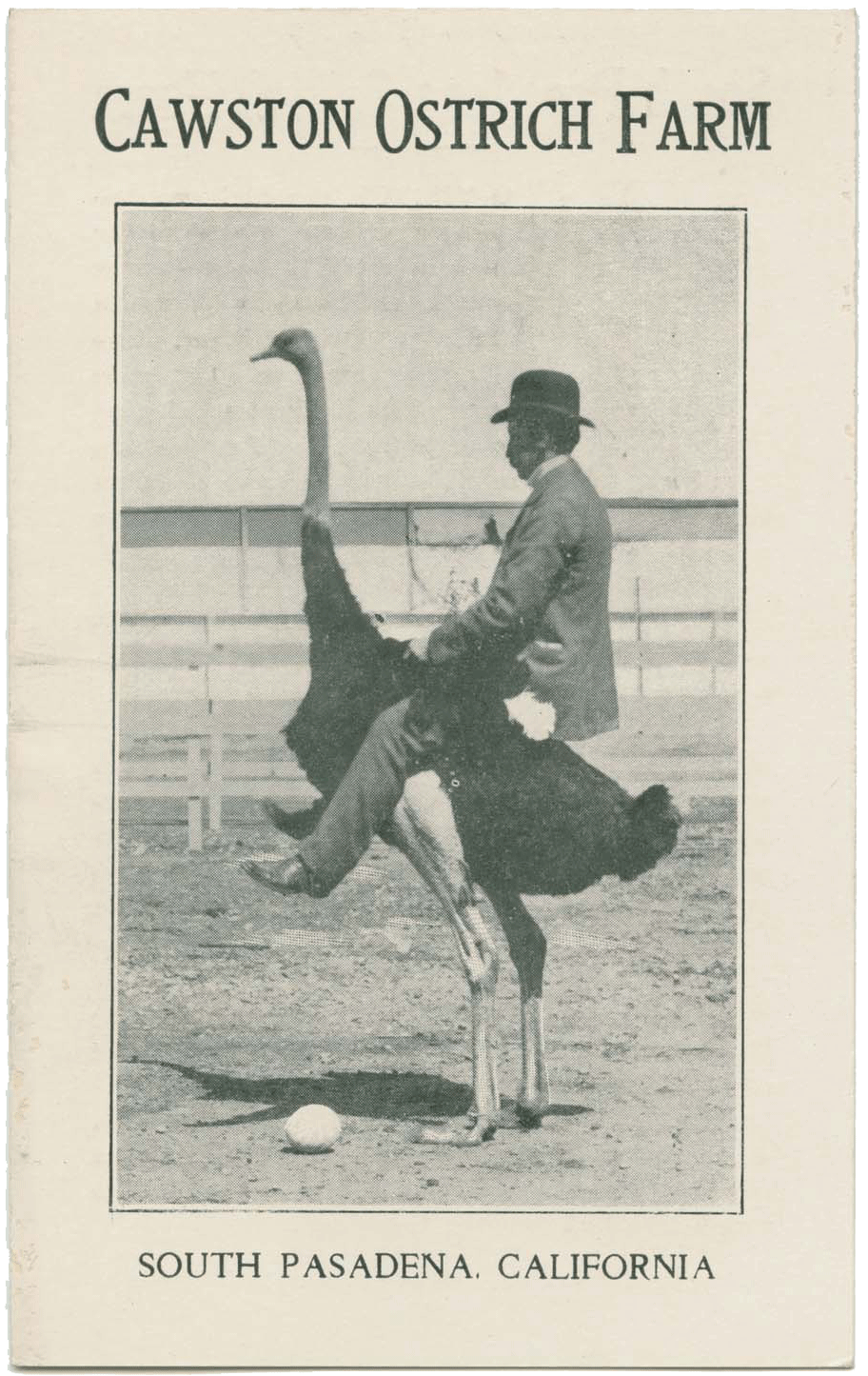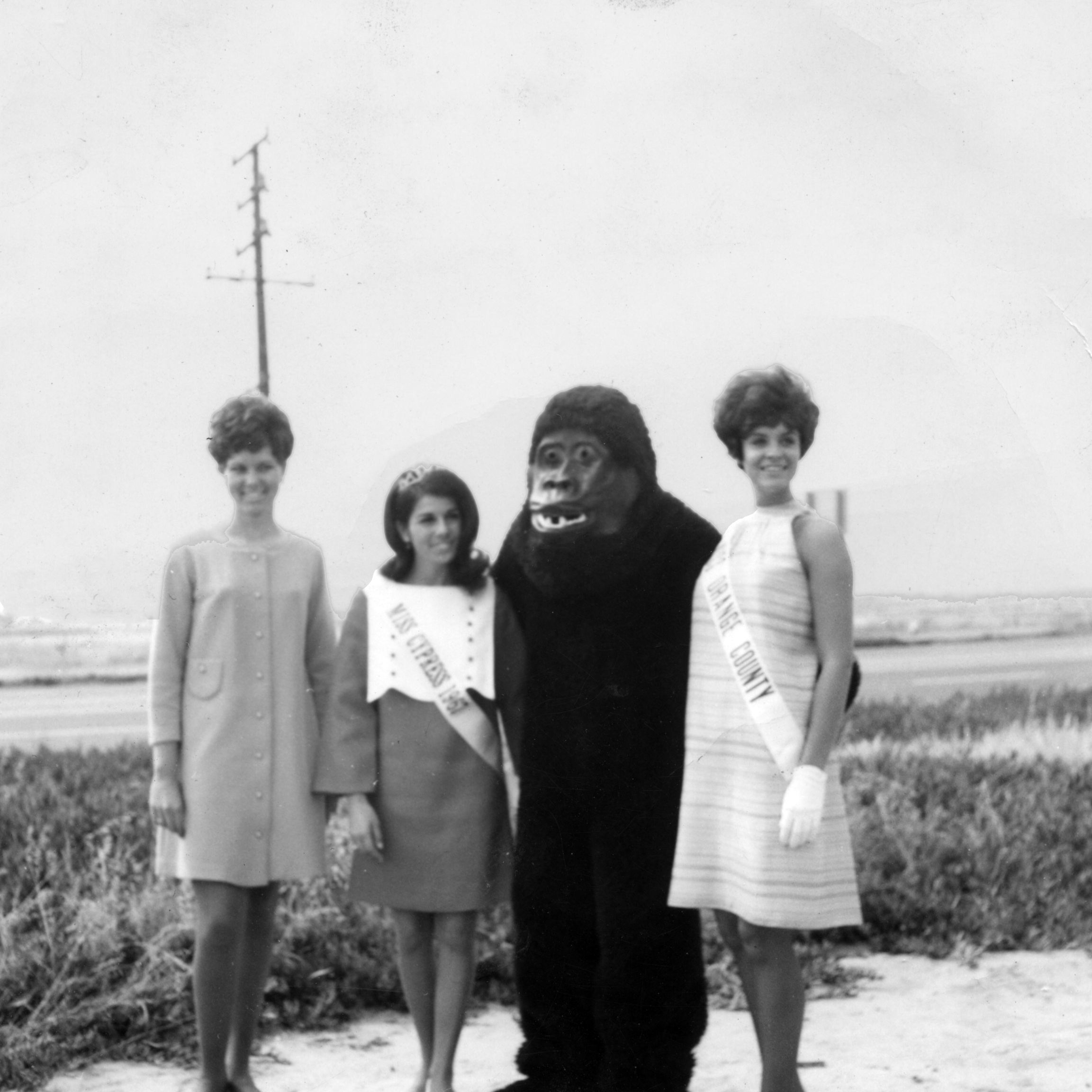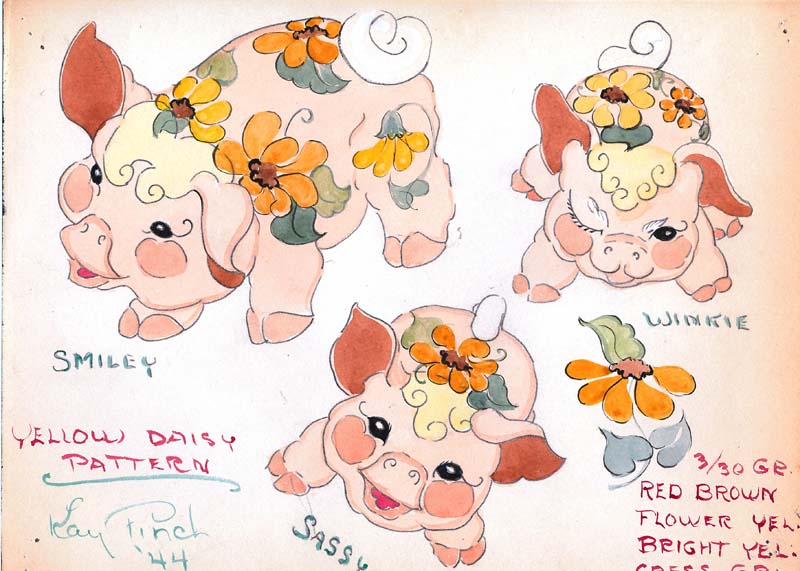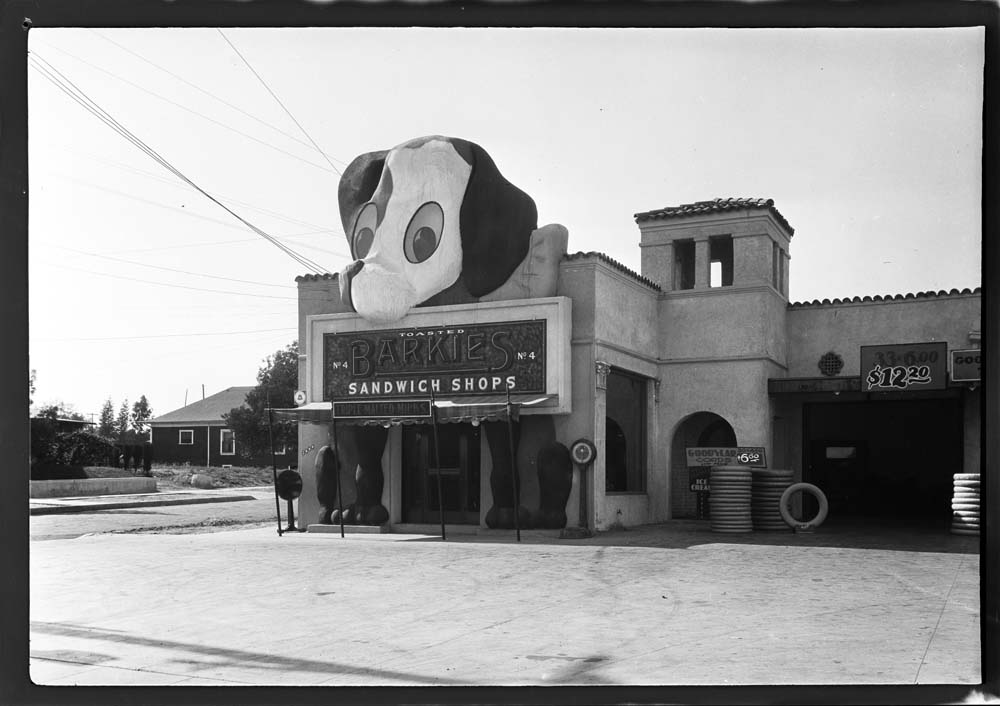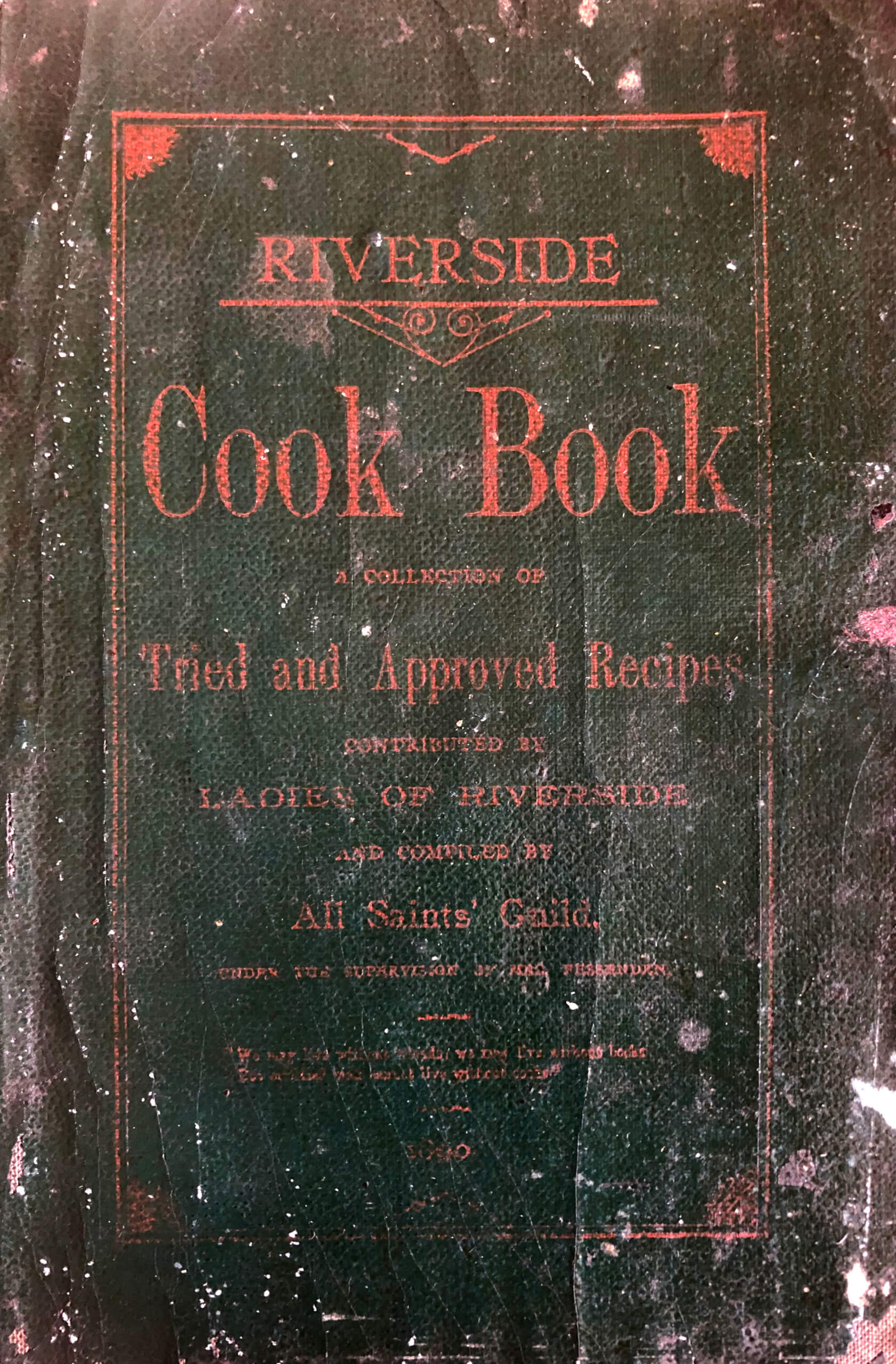Ostrich Farms: An Early Southern California Tourist Destination
Marie Antoinette, the Queen of France, ignited a fashion trend when she accessorized headpieces and hats with beautiful dyed ostrich feathers. Ostrich feathers quickly became a flamboyant accessory for hats, headpieces, trim on dresses or jackets, along with colorful boas. More than a century after Marie Antoinette was led to the guillotine, ostrich feathers were South Africa’s fourth most valuable export, after gold, diamonds, and wool.
Given the value of ostrich feathers and the fact that Southern California’s climate is similar to the bird’s natural habitat, enterprising southern Californians decided to compete with South African suppliers. Between 1883 and 1911


